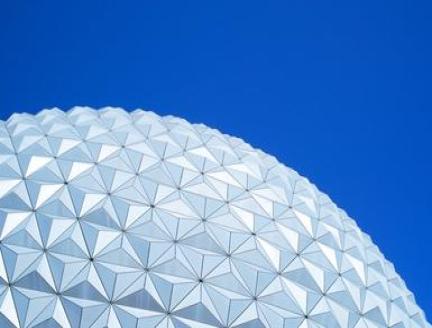As running shoe brands previously known more for fashion than performance began to make technological advancements, key running audiences no longer saw ASICS as the clear winner in the performance running category, and sales were declining. To build brand preference for ASICS among runners in key markets, ASICS created the GLIDERIDE™, an innovative shoe designed to help runners save energy as they run.
Our goal was to launch the GLIDERIDE™ into the crowded market and reassert ASICS as the go-to for high-performance running. Most brands focus on celebrating whomever crosses the finish line first. To challenge this, we wanted to show that what really separates us from the competition is our mindset. What if the finish line actually holds us back from reaching our true potential?
With this in mind, we created the Eternal Run, a race without a finish line. We invited 23 athletes, influencers and journalists with varied running abilities to the Bonneville Salt Flats in Utah. Each was assigned a pace, but with no route and no pacemakers, the runners took part in the ultimate race—a race against themselves.
We created images, a two-minute media film, a one-minute brand film and a 10-minute documentary to tell our story for different audiences, while talent and journalists began their outreach as soon as the race finished.
BUSINESS OUTCOME
Following the launch of the campaign, the DXI team designed a brand study to capture insights that really demonstrated the impact:
- 1.7BN Earned Reach
- 82% of the runners in key markets (US, China, UK, Japan, Germany) have a more positive opinion of ASICS than before
- 80% believe ASICS is reinventing running (+23 points)
- 70% Would choose ASICS over other brands (+17 points)
- 67% would pay more for ASICS products (+14 points)
- 49% thinks ASICS is an innovative brand (+19 points)
- The main reason behind the idea was to build brand preference, but yet the campaign also contributed with an 81% purchase intent
- And as for the results of the shoes, using Glideride 71% of the runners ran further than predicted, which was spread around the world

